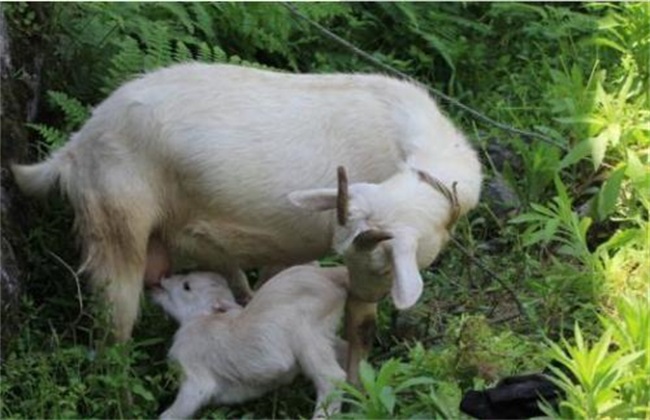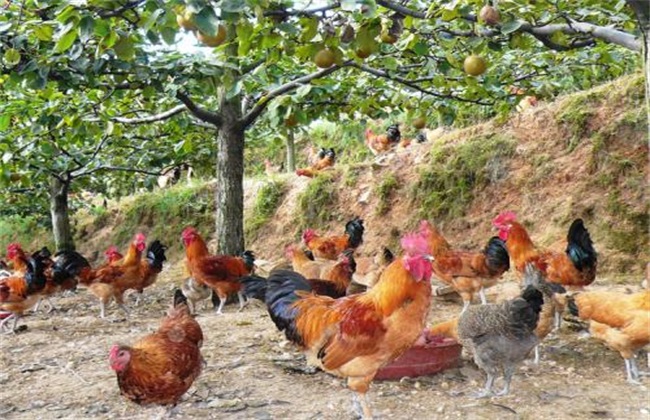How to manage pregnant ewes? Feeding and management techniques of pregnant ewes
As one of the main livestock in China, the breeding area of sheep in our country is very large. Whether it is wool, mutton or milk, there is a great market demand in our country. When raising sheep, the feeding of pregnant ewes is very important, which directly affects the development of the whole flock. So how to manage pregnant ewes? The following editor brings you the feeding and management technology of pregnant ewes, let's have a look!

1. Pre-pregnancy management
The pregnancy period of ewes is generally about 5 months, which can be divided into two periods according to the development of fetal sheep. The growth of early fetal sheep is relatively slow, and the weight gain is generally only 1 / 10 of that of born lambs. Therefore, the demand for nutrients will be relatively large, so relative to the empty period, it is necessary to appropriately improve nutrition. In the early stage, ewes have a strong ability to digest rough feeding. So you can feed some hay properly, but make sure that the forage is enough to control the temperature of drinking water. Prevent ewes from running around in shock and avoid leading to early recessive miscarriage.
2. Management in the second trimester
The ewe enters the second trimester of pregnancy after two months of pregnancy. The growth rate of fetal sheep in the third trimester of pregnancy is very fast. In general, the body weight of fetal sheep 4 + 5 grows in the last two months. Therefore, if the ewe lacks nutrition in the third trimester of pregnancy, it will cause a variety of adverse phenomena. For example, insufficient birth weight, poor physiological function and poor thermoregulation of lambs lead to poor growth of lambs and reduce their growth ability. As a result, the physique of the lamb is too poor, prone to a variety of diseases, serious will also lead to death, reducing the survival rate of the lamb.
Therefore, after the ewes enter the third trimester of pregnancy, we should ensure that the feed is adequate, provide full-price feed for pregnant sheep, and maintain nutritional balance. We should not only rely on grazing to meet the nutritional needs of pregnant sheep, but also strengthen the supplementary feeding work. After about two months of pregnancy, the pregnant sheep should be fed some high-quality fine feeding and hay. In particular, we should pay attention to supplement adequate protein, calcium and other substances for pregnant sheep. Control the amount of feed, each ewe's daily concentrate feed should be controlled at about 0.7kg, and pay attention to feeding more green feed 10 days before delivery.
3. Disease prevention and treatment
When ewes are pregnant, the prevention and treatment of diseases is also very important. We should strengthen management to enhance the physique and ability of ewes in all aspects, focusing on prevention. When feeding the feed, make sure that the feed is clean enough and do not feed feed that has not expired. Then it is necessary to do a good job in the hygiene of the sheep house, regularly remove sheep dung, and do a good job in the disinfection of the sheep house. When the temperature is low, we should also do a good job of cold prevention and heat preservation to avoid cold diseases and other wind-cold diseases in sheep, affecting the growth of fetal sheep.
The above is a brief introduction to the feeding and management techniques of pregnant ewes. That's all for today's introduction. This article is for reference only. I hope it can help you all.
Related
- On the eggshell is a badge full of pride. British Poultry Egg Market and Consumer observation
- British study: 72% of Britons are willing to buy native eggs raised by insects
- Guidelines for friendly egg production revised the increase of space in chicken sheds can not be forced to change feathers and lay eggs.
- Risk of delay in customs clearance Australia suspends lobster exports to China
- Pig semen-the Vector of virus Transmission (4)
- Pig semen-the Vector of virus Transmission (3)
- Five common causes of difficult control of classical swine fever in clinic and their countermeasures
- Foot-and-mouth disease is the most effective way to prevent it!
- PED is the number one killer of piglets and has to be guarded against in autumn and winter.
- What is "yellow fat pig"? Have you ever heard the pig collector talk about "yellow fat pig"?



